
Requirement management can be explained in three simple sentences: Say what to do, Do what you say and Show that you do what you say. In the Health Industry, projects and specification documents need to fit precise criteria to gain approval from certified authorities. We interviewed one of our customers on their use of Requirement Yogi and what part we play in the health industry’s requirement management.
Who uses Requirement Yogi and for what purpose?
The whole team can write or annotate requirements. In this particular case, we interviewed a director of software engineering, QA engineers and a product owner.
As explained before, they use Confluence and Requirement Yogi to extract a PDF document that will later be approved by certified authorities. They need to follow laws and regulations and, since Requirement Yogi is not a certified organization, they still have to do it manually.
With that in mind, we extracted these key needs:
- Navigate and track requirements
- Write test protocols and execute tests
- Review and approve requirements
- Create baselines and versions
Does Requirement Yogi answer those needs?
Navigate and Track requirements
The software engineers we interviewed really caught quickly on the use of Requirement Yogi. The plug-in allows one to write requirements on a Confluence page by creating unique keys, and create links to Jira issues and other requirements with a parent-child relationship. They had questions about external properties, which one can use to track properties outside of requirements. However, they needed to track the history and get notifications of any change on those properties, and increasing the size of tables wasn’t a problem for them, so we advised them to manage all properties inline, in a table.
Of course, our interviewees use the Traceability Matrix a lot. They already had saved matrixes for each goal they needed to report on. But they hadn’t discovered how to share traceability matrixes, so we showed them that it was possible to do so with all the members of the space, or keep them private. They also export them for stakeholders.
Test protocols and Test executions in Confluence
Requirements are meant to be tested, one cannot go without the other. The QA engineers interviewed managed all their testing protocols in Confluence with RY Testing & Compliance, our other plug-in, whereas many test management tools are in Jira. Indeed, most of the times, requirements are written in Jira Issues, not in Confluence.
RY Testing & Compliance lets users manage their requirements and write their test protocols in Confluence. This customer particularly benefits from this, since they can export whole spaces in PDF for further approval, containing both original requirements and their test sessions. However, we do understand that this tool is one-dimensional and the QA Engineer explained that it was too limited, since it cannot track the various iterations and evolution of tests for a given requirement.
Therefore, we advised them to look into other plug-ins such as Xray Test Management for Jira. We can show Xray links and tests results in the Traceability Matrix. Thus, you can still combine other tools with Requirement Yogi, and manage tests in Jira when requirements are in Confluence.
Review and Approve requirements
As we already explained, requirements are extracted in PDF to be approved by certified authorities. This customer required a way to review requirements, and manage approvals and validation, and this is not a feature of Requirement Yogi.
One way is to manually create a /status macro in your page. Confluence will manage the history and notifications since the macro is on a page. The other way is to create an external property and select the desired status in the Estimates panel. However, this method does not provide version tracking.
The third way to track approvals is to use the Comala Document Manager plug-in and the Requirement Yogi Integration as a combo. Then, one can create their own workflow and add a status on each of the pages, the state of the page will automatically be linked to the requirement and appear in the hover box and the Traceability Matrix.
Learn about requirements approbation with Requirement Yogi and Comala Document Manager here.
Create baselines and versions
Our interviewees also explained that besides the Traceability Matrix, they use the Baselines a lot. Indeed, it is very important for them to keep track of the versions and the history of their requirements.
By creating a baseline, they take a snapshot of the requirements and they can view the differences in the Diff. The changes will be visible with green and red highlights. The differences can also be seen directly on the page by clicking on the Requirement Yogi byline, this will allow to quickly navigate between baselines and check the changes.
For further version tracking management, we recommend the Scroll Versions plug-in. With a system of branches, one can work simultaneously on various versions of a same page. Add a workflow and approve each versions with the Comala combo. Requirement Yogi does not have a specific integration with it on Data Center, but we only index requirements of the current working copy.
Learn about versioning and approbation with Scroll Versions here.
Are you in the Health Industry? We’d like to know more!
Request a demo, which will be an opportunity for us to understand your specific situation.


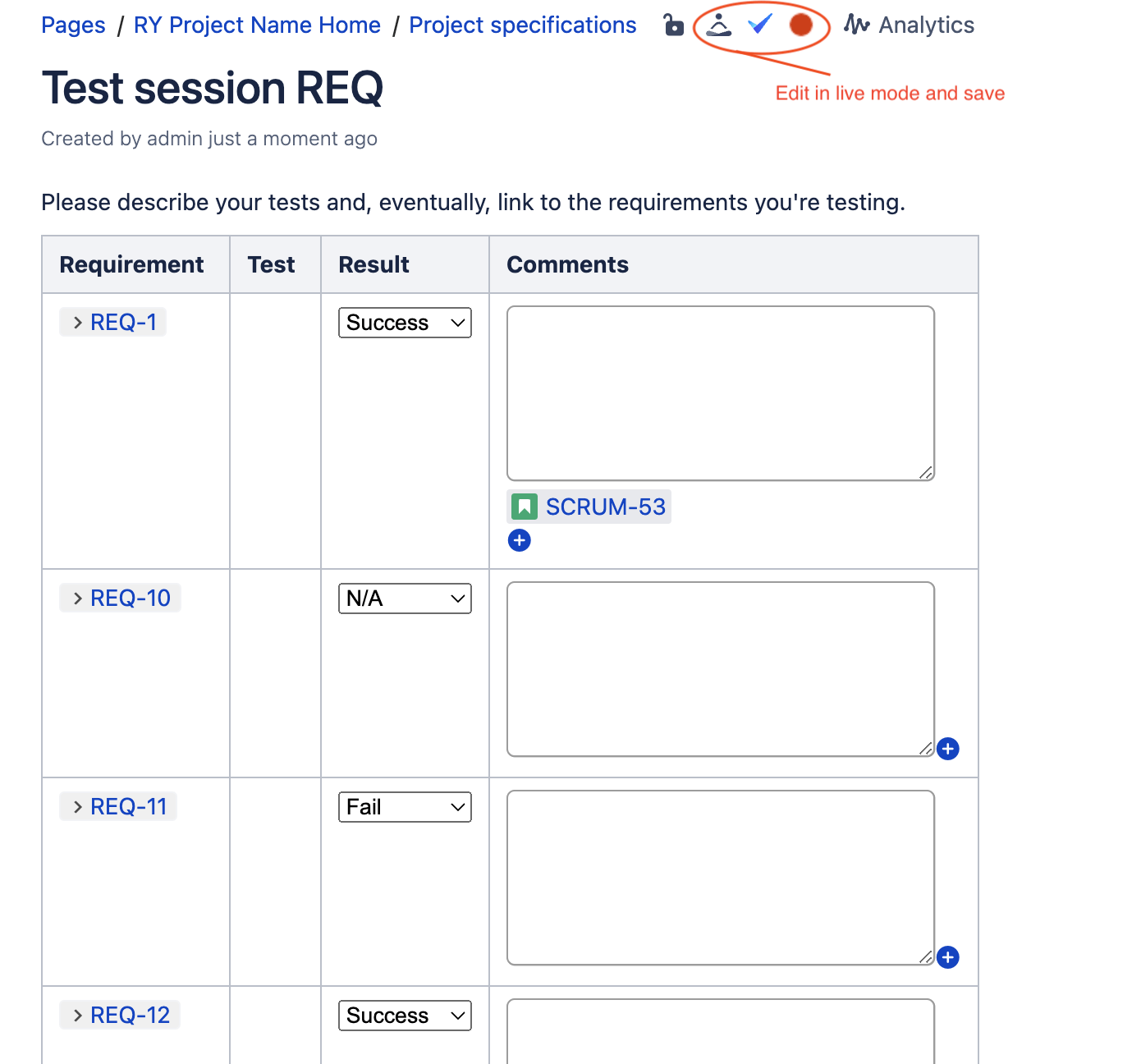
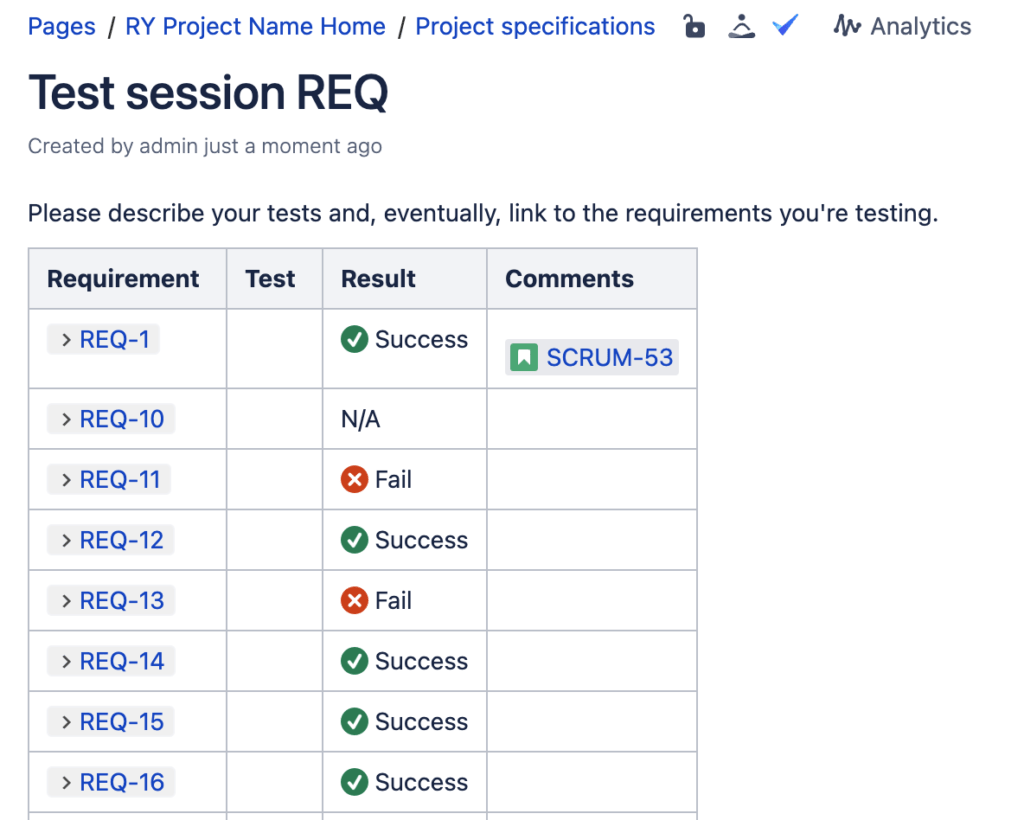
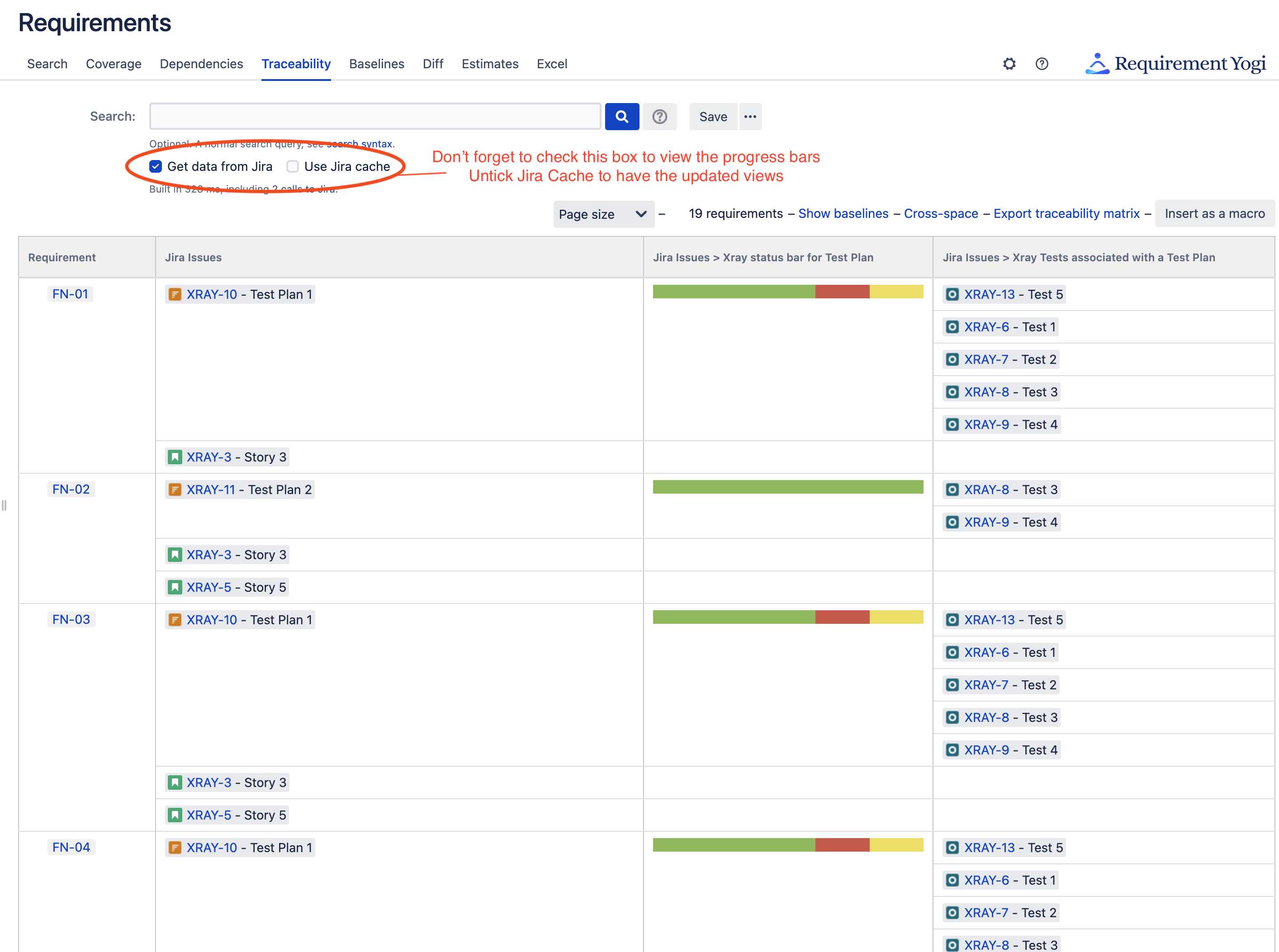
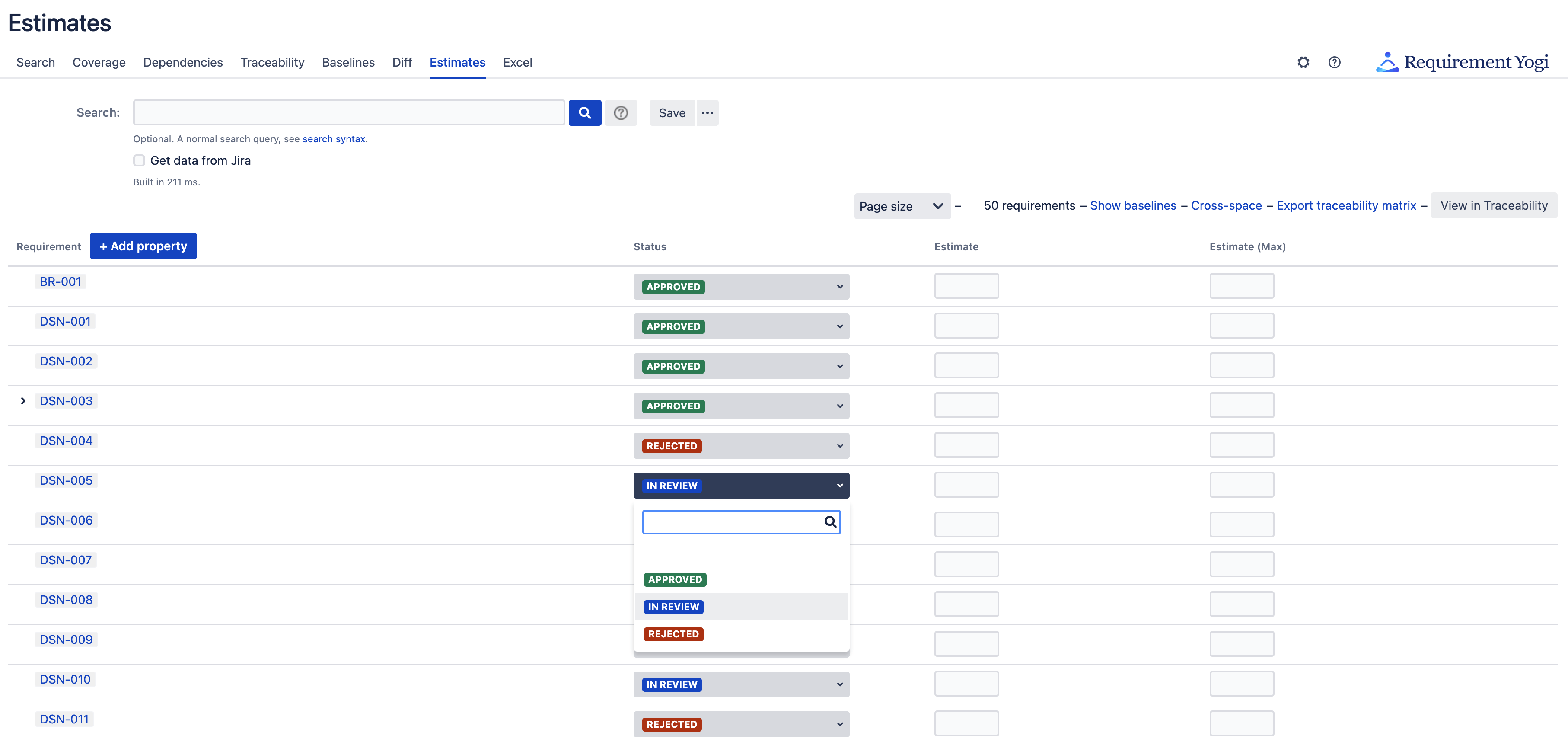
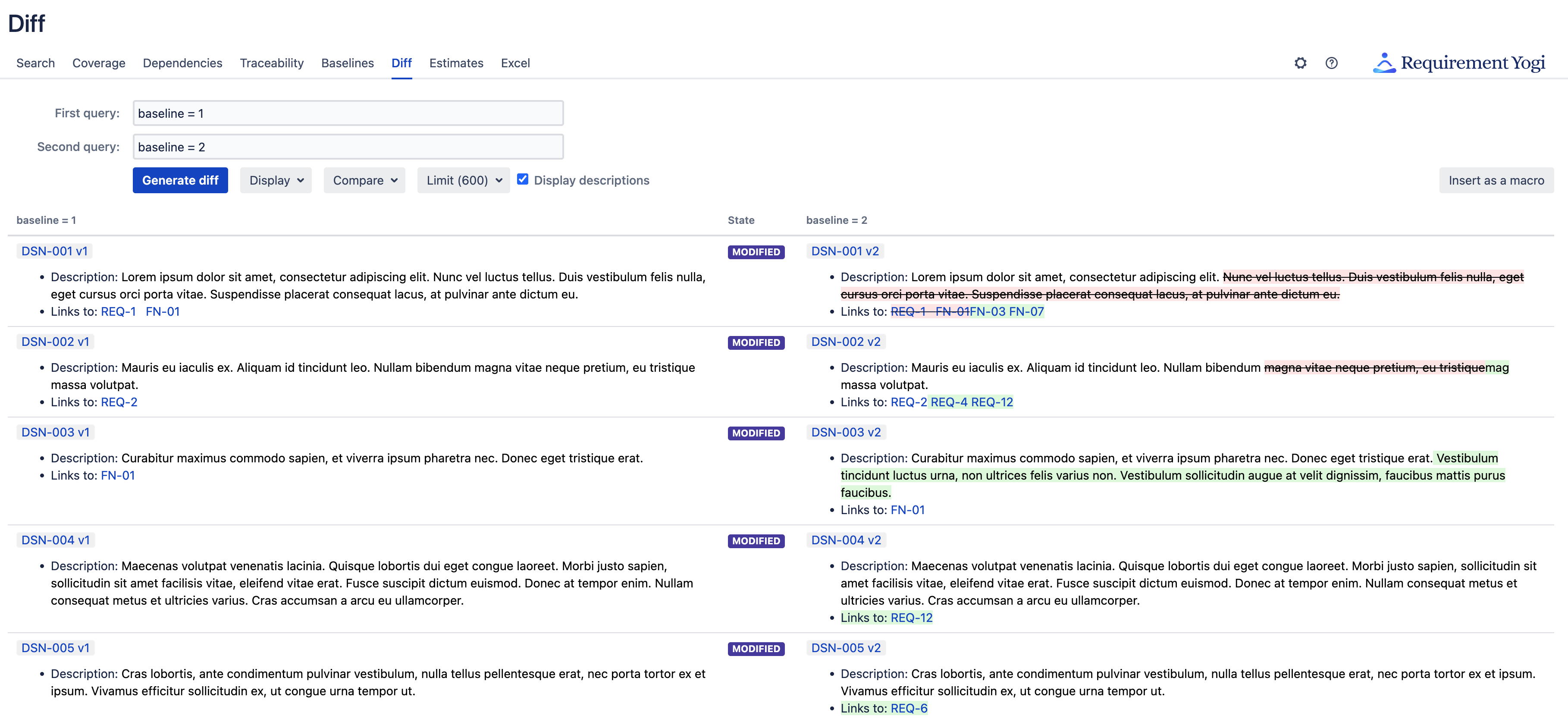


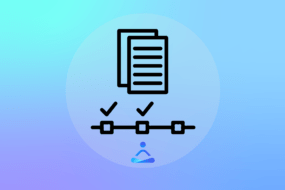

One reply on “Case study: Health Industry’s requirement management”
[…] Requirement Management 101 […]
Comments are closed.